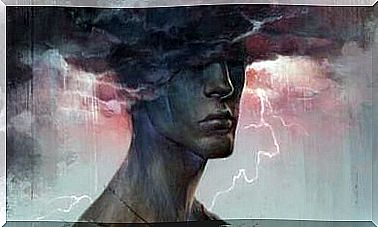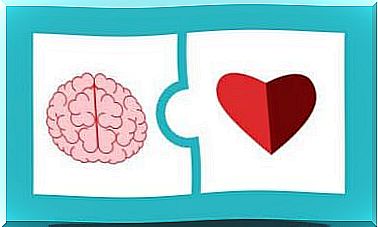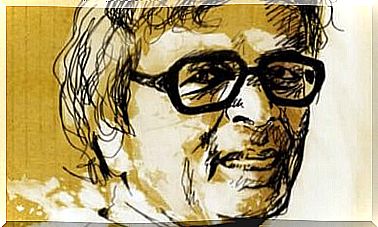The Bizarre Days Of The Black Death
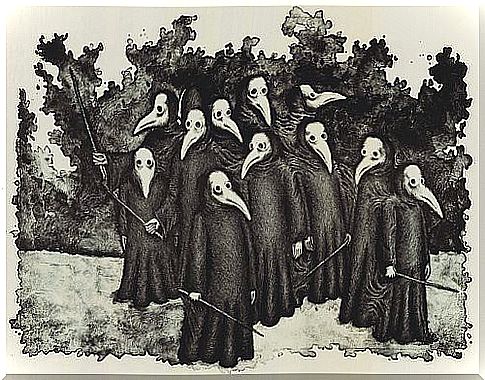
One day a contaminated cargo arrived in a port city of 100,000 inhabitants, which was of great commercial importance. In less than a month, 300 people died from this pandemic every day. At the end of the pandemic, 10% of city residents had died. This is known as the Black Death.
The exact cause of the plague is still unknown. Men, women, children, the elderly, farmers and craftsmen, priests and knights have perished from the plague. There was no way to escape.
You don’t read a story about zombies. In Valencia, the Crown of Aragon called it the Black Death in 1348. Put yourself in their shoes, try to understand their actions, think about what they thought, and why they did the things they did. In this article you will learn how terrible the Black Death was, its development and consequences.
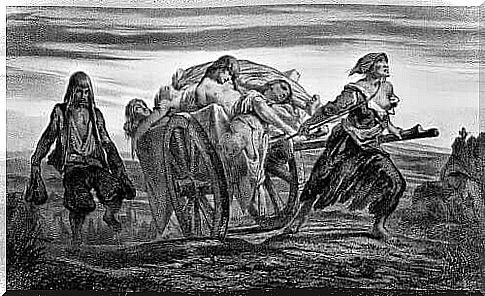
A sick Europe
In the mid-fourteenth century, the Black Death swept across Europe, becoming one of the worst demographic disasters in history. Most inhabitants of the Old World knew about it, they’ve lived with it for a few centuries now and should live with it for a few more.
It was by far the worst outbreak since the time of Justinian I, in the 6th century. The Black Death scared people even more than leprosy.
Historians are certain how the Black Death entered Europe, namely through Caffa, in the Crimea. The Mongol army besieged the city and attacked it with something worse than their swords. The Mongols themselves said they threw infected corpses over the city walls.
Actually, you don’t have to attribute the Black Death to the Mongols alone. No city wall can keep rats or fleas away. After this shock, the Genoese traders quickly returned to Italy, but it was too late. The Mediterranean was now a bridge for the disease, and in a year’s time the West was doomed.
All roads led to the Black Death
For a while people thought that the Black Death spread through the air. The smells of the rotting corpses, and the superstitions of Greek medicine and astrology, all pointed in that direction.
Rats and fleas were the likely cause of how quickly it could spread. Even two weeks after the infection, there were still no symptoms. However , five days later , death was already close.
In every port or infected city there was a new outbreak. People who fled the cities brought the plague to the countryside, where the demographic effects of the disease worsened. The main trade and pilgrimage routes were filled with the Black Death.
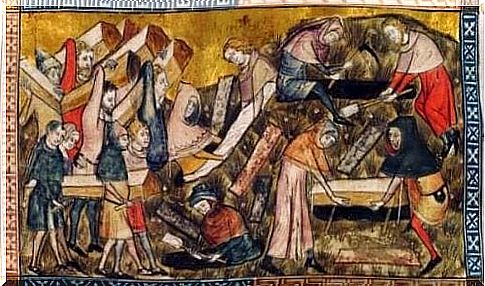
With a view to death
Today, historians think it was the bubonic plague, but other epidemics, such as Ebola or pulmonary embolism, have not been completely ruled out. The symptoms must have been terrible.
The illness was due to the black spots, but there was also coughing, delusions, inflammation, all of which were warning signs of impending death. In addition to contamination from animals or through the air, blood was also very dangerous. Doctors could barely treat the disease.
This demographic crisis had consequences such as famine, loss of crops, and a large increase in orphans. Also, it is very difficult to separate the deaths from the Black Death from the deaths not related to this disease.
What happened after the Black Death?
In France, England, Italy and Spain human losses were as much as 50% or 60% of the population, and in certain regions it was even higher. Alfonso XI of Castile was among the victims, just as he was besieging Gibraltar. It even led to a truce in the Hundred Years War.
After the Black Death there was still chaos. As was customary for the time, Jews were used as scapegoats. They were accused of poisoning people, and they were therefore attacked by the mob. In a decadent society, conventionalism was useless.
During the time of the Black Death there was more prostitution, among other illegal activities, perhaps as a desperate form of carpe diem . Seeking forgiveness became the norm, people wanted to get rid of their sins before their imminent death.
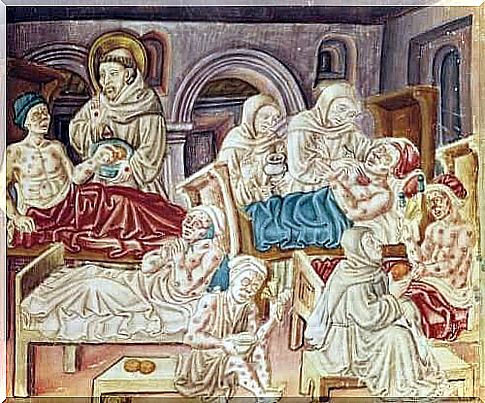
Strangely enough, a curious economic consequence was the release of much land. Many of the surviving farmers had access to these lands. In a society on the brink of death, the death of others was a gift to the living. However, after the Black Death, society welcomed the Renaissance period.



